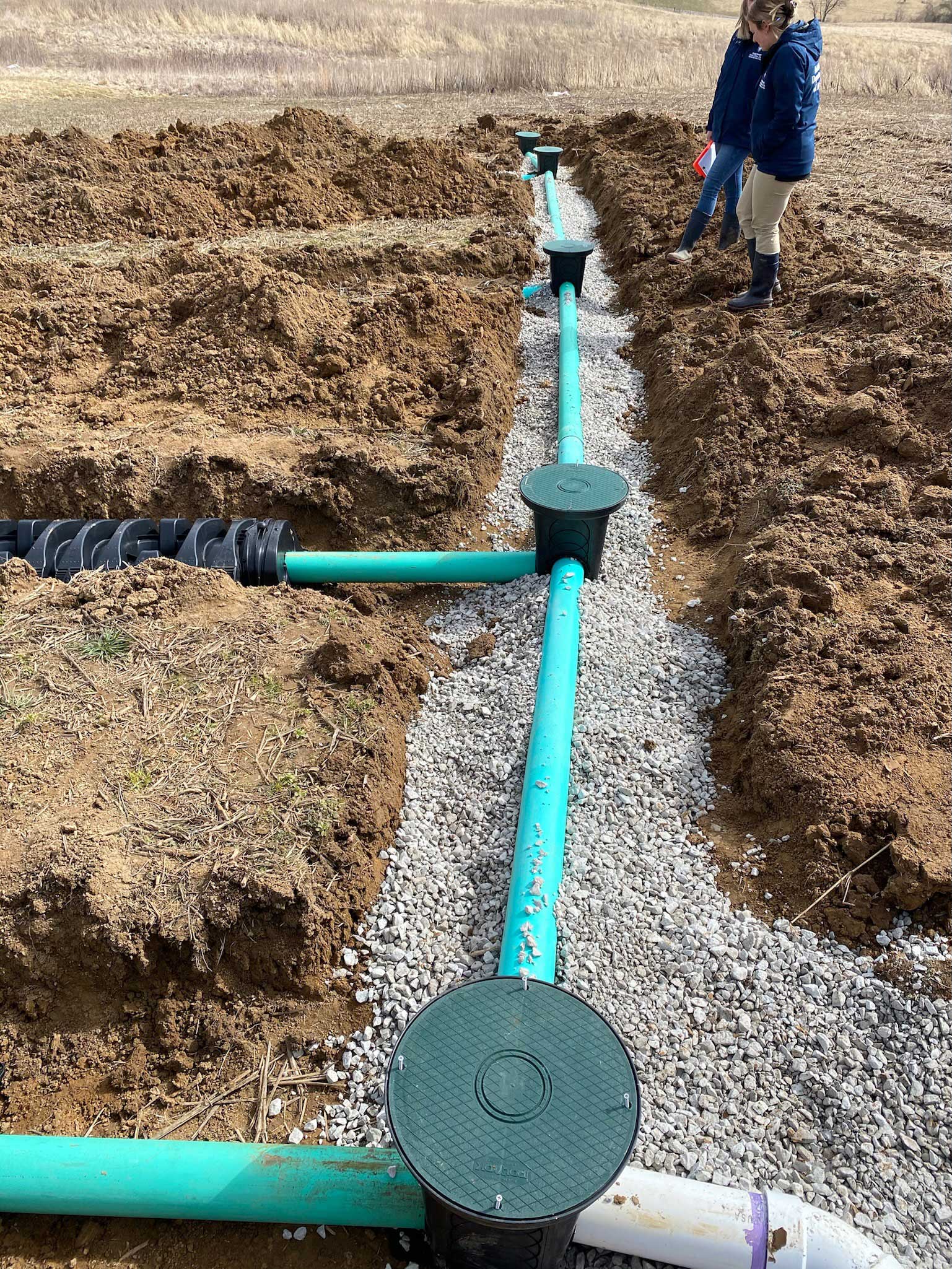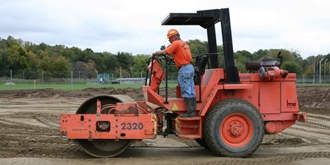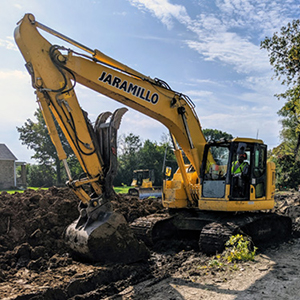In-Depth Exploration: The Scientific Research Behind Superior Excavation Practices
The realm of excavation methods is a domain name where science links with craftsmanship to uncover the enigmas hidden under the earth's surface. From ancient hand devices to contemporary hydraulic excavators, the advancement of excavation strategies has been a testimony to human ingenuity and technological improvements. What truly establishes premium excavation practices apart is a deep understanding of geological principles, combined with the application of innovative devices and methods. By exploring the scientific research behind these methods, we can reveal the secrets that lie under our feet and appreciate the accuracy and expertise that enter into every dig.
Evolution of Excavation Strategies
Throughout background, the development of excavation strategies has played a critical duty beforehand construction techniques and archaeological discoveries. From the rudimentary tools made use of by our forefathers to the sophisticated equipment utilized in contemporary times, the progression of excavation techniques has considerably transformed how we approach numerous jobs.
In ancient times, hands-on labor with standard devices such as wheelbarrows, pickaxes, and shovels was the main approach of excavation. This labor-intensive process restricted the deepness and range of excavations, often causing slow-moving progression and limited access to certain sites. As people progressed, so did the techniques and tools utilized for excavation.
The Industrial Transformation noted a transforming point in excavation experiment the intro of steam-powered equipment. This development transformed the area, enabling faster and extra extensive excavations. In modern times, modern technology plays a crucial duty in excavation, with advancements like general practitioner systems, drones, and 3D scanning enhancing precision and effectiveness in the area. The development of excavation methods remains to form the means we develop, discover, and recognize the world around us.
Function of Innovation in Excavation

The integration of advanced innovation has actually essentially transformed the area of excavation, enhancing precision and effectiveness to unprecedented levels. Among the vital technological developments that has dramatically influenced excavation techniques is the usage of GPS systems. These systems allow for specific mapping of excavation sites, allowing operators to accurately find underground energies and frameworks. In addition, making use of telematics in excavation tools has allowed real-time surveillance of device efficiency, causing aggressive upkeep and enhanced functional productivity.
In addition, the advent of 3D modeling and simulation software application has structured the planning procedure for excavation tasks. Engineers and drivers can now imagine the entire excavation process prior to beginning, determining potential difficulties and enhancing workflow. In combination with this, the application of drones in excavation tasks has actually helped with aerial surveys, volumetric measurements, and website inspections with unparalleled rate and accuracy.
Geological Concepts in Excavation
An understanding of geological concepts is crucial for guaranteeing the structural honesty and security of excavation websites. Geological aspects play a vital role in figuring out the expediency and security of excavation tasks (septic ohio). One key geological concept to take into consideration is the kind of soil or rock present at the website. Various soil types, such as clay, gravel, or sand, have differing levels of stability and require various find this excavation methods. As an example, cohesive dirts like clay may need extra support to avoid collapses, while sandy soils may be vulnerable to disintegration throughout excavation.
By performing extensive geological surveys and analysis, designers and excavators can develop techniques to reduce dangers and guarantee the effective completion of excavation jobs. Ultimately, integrating geological principles into excavation practices is important for accomplishing secure, effective, and sustainable outcomes.

Newest Tools for Excavation
In the world of excavation techniques, contemporary technologies in devices have actually reinvented the efficiency and accuracy of excavation procedures. These drones can supply comprehensive airborne surveys of excavation websites, providing real-time data on topography and possible hazards.
Another cutting-edge device gaining popularity is the application of 3D printing technology for creating customized excavation devices. This enables the production of specialized tools that are tailored to the particular requirements dump truck companies in ohio of a job, increasing effectiveness and reducing downtime.
Moreover, innovations in materials scientific research have actually caused the development of more powerful and more resilient excavation devices. lancaster excavation. Tungsten carbide-tipped excavator accessories, for instance, deal exceptional performance in difficult ground conditions, boosting efficiency on-site
Scientific research's Effect on Excavation Practices

Furthermore, advancements in products science have caused the development of stronger, much more durable excavation devices and devices. As an example, using composite materials in shovels and miners has actually enhanced their efficiency and longevity, ultimately raising productivity on excavation sites. In addition, scientific study on soil auto mechanics and geotechnical engineering has actually offered useful understandings right into dirt actions, allowing excavation experts to make enlightened decisions relating to excavation methods and dirt stablizing strategies. In general, science remains to drive advancement and renovation in excavation methods, making excavation tasks a lot more reliable, economical, and sustainable.

Conclusion
To conclude, the evolution of excavation strategies has been considerably affected by innovations in technology and a much deeper understanding of geological concepts. The newest devices and equipment used in excavation have boosted effectiveness and accuracy in the field. The application of scientific expertise has significantly enhanced excavation practices, bring about more reliable and sustainable approaches for excavating various sorts of materials.
In the world of excavation methods, modern innovations in tools have actually revolutionized the effectiveness and precision of excavation processes. By leveraging clinical concepts, the excavation sector has actually been able to considerably enhance performance, precision, and security in excavation procedures. GPR permits excavation teams to non-invasively check and map subsurface frameworks, utilities, and possible hazards, enabling them to plan excavation jobs with higher precision and decreased danger of crashes.
Furthermore, scientific study on dirt auto mechanics and geotechnical engineering has offered useful insights right into dirt habits, enabling excavation experts to make enlightened decisions relating to excavation techniques and soil stablizing methods. Generally, science proceeds to drive development and renovation in excavation practices, making excavation jobs more reliable, cost-effective, and lasting.